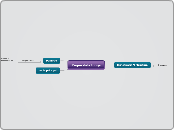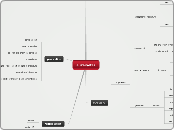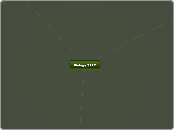Myosin
Actin filament
Chemoheterotrophs
RNA
Can function as
catalyst called ribozyme
Self-replicates & stores genetic information about vesicle
Protocell "daughters"
Prokaryotes
Pili
Fimbriae
Nutritional Modes
Light
Photoautotroph
Photoheterotroph
CO2, HCO3-, or
related compound
Organic compounds
Inorganic chemicals
Chemoautotrophs
Capsules (Slime layers)
Metabolism
Obligate aerobes
Obligate anaerobes
Facultative anaerobes
Ribosomes
Eukaryotes
Cytoskeleton
Microfilaments
Cortex
Inner cytoplasm
Extending pseudopodium
Cell division
Changes in cell shape
Cytoplasmic streaming
Parallel actin filaments
Myosin motor protein
Muscle contraction
Microtubules
Chromosome movements
in cell division
Organelle movement
Motor protein
Kinesin
Vesicle
Cell motility
Cilia & flagella
Proteins between microtubules
Intermediate filaments
Anchorage of nucleus
& certain other organelles
Formation of nuclear lamina
Maintains cell shape
Membrane-bound organelles
Endoplasmic reticulum
Smooth ER
Rough ER
Nucleus
Chromatin
Nucleolus
Nuclear envelope
Lysosomes
Autophagy
Phagocytosis
Golgi apparatus
Peroxisome
Food vacuoles
Mitochondrion
Plant cells
Central vacuole
Plasmodesmata
Chloroplasts
Animal cells
Centrosomes
Cell junctions
Tight junctions
Desmosomes
Gap junctions
Extracellular matrix
Archaea
Extremophiles
Methanogens
Extreme halophiles
Extreme thermophiles
Bacteria
Endospores
Cell wall
Polysaccharides & proteins
Peptidoglycan
Nucleoid
Plasmids
Plasma membrane
Flagella








